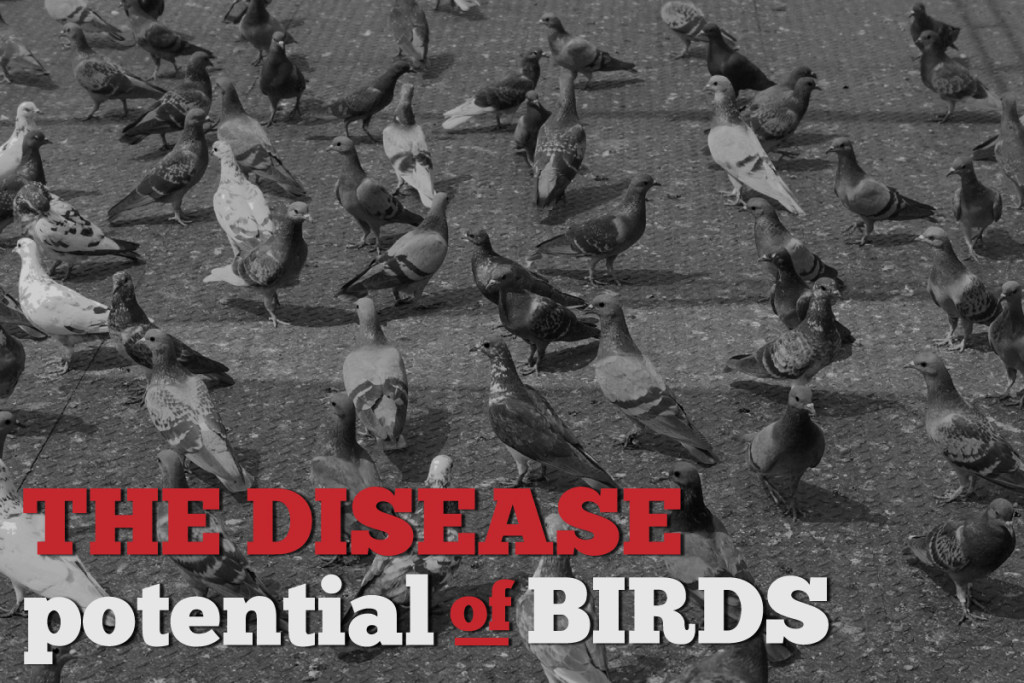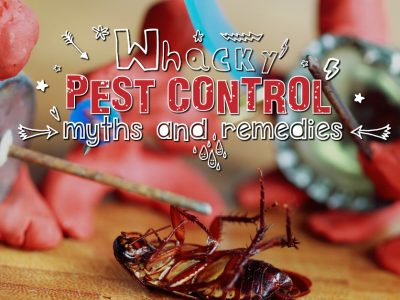Disease potential of birds
Birds and their droppings can carry more than 50 diseases. The most important are:
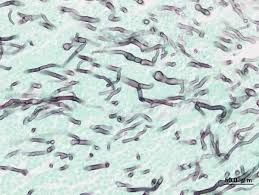
Aspergillosis
Aspergillosis – is an air borne disease caused by a fungus which breeds in bird faeces. Breathing the fungal spores may affect people that are under stress from other conditions.
Ornithosis – inhaled from dried faeces or ocular and nasal secretions from infected birds including domesticated birds, pigeons and sparrows. Symptoms of the disease range from inapparent illness to systemic illness with severe pneumonia.
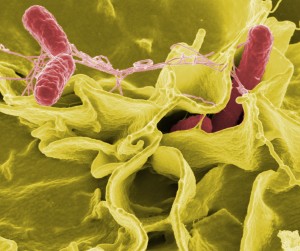
Salmonellosis
Salmonellosis – often shows as “food poisoning” and can be traced to pigeons, starlings and sparrows. The disease bacteria are found in bird droppings; dust from droppings can be sucked through ventilators and air conditioners, contaminating food and cooking surfaces in restaurants, homes and food processing plants.
Histoplasmosis – is a respiratory disease that may be fatal. It results from a fungus growing in dried bird droppings.
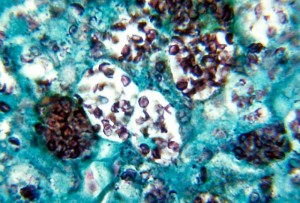
Histoplasmosis
Candidiasis – a yeast or fungus infection spread by pigeons. The disease affects the skin, the mouth, the respiratory system, the intestines and the urogenital tract, especially the vagina. It is a growing problem for women, causing itching, pain and discharge.
Cryptococcosis – caused by yeast found in the intestinal tract of pigeons and starlings. The illness often begins as a pulmonary disease and may later affect the central nervous system. Found where birds roost and nest such as ledges, schools, offices and warehouses
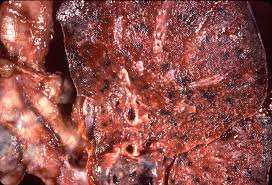
Cryptococcosis
Encephalitis – (including Avian Bird Flu) an inflammation of the nervous system that can result in paralysis, coma or death; spread by mosquitos which have fed on infected birds.
coli – from birds droppings infecting food and water supplies where birds have fed on cow manure.
Paramyxovirus (PMV1) – this new strain was first detected in pigeon lofts in Victoria in August 2011 and resulted in 50-100% death of adult birds. Interstate movement and racing of pigeons was suspended. In May 2012 PMV1 was found in western Sydney. PMV1 has spread to poultry in Europe but this has not happened in Australia. People are rarely infected but it can cause headaches, flu-like symptoms and mild conjunctivitis lasting up to 12 days.

